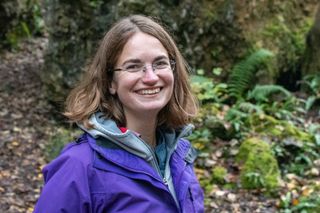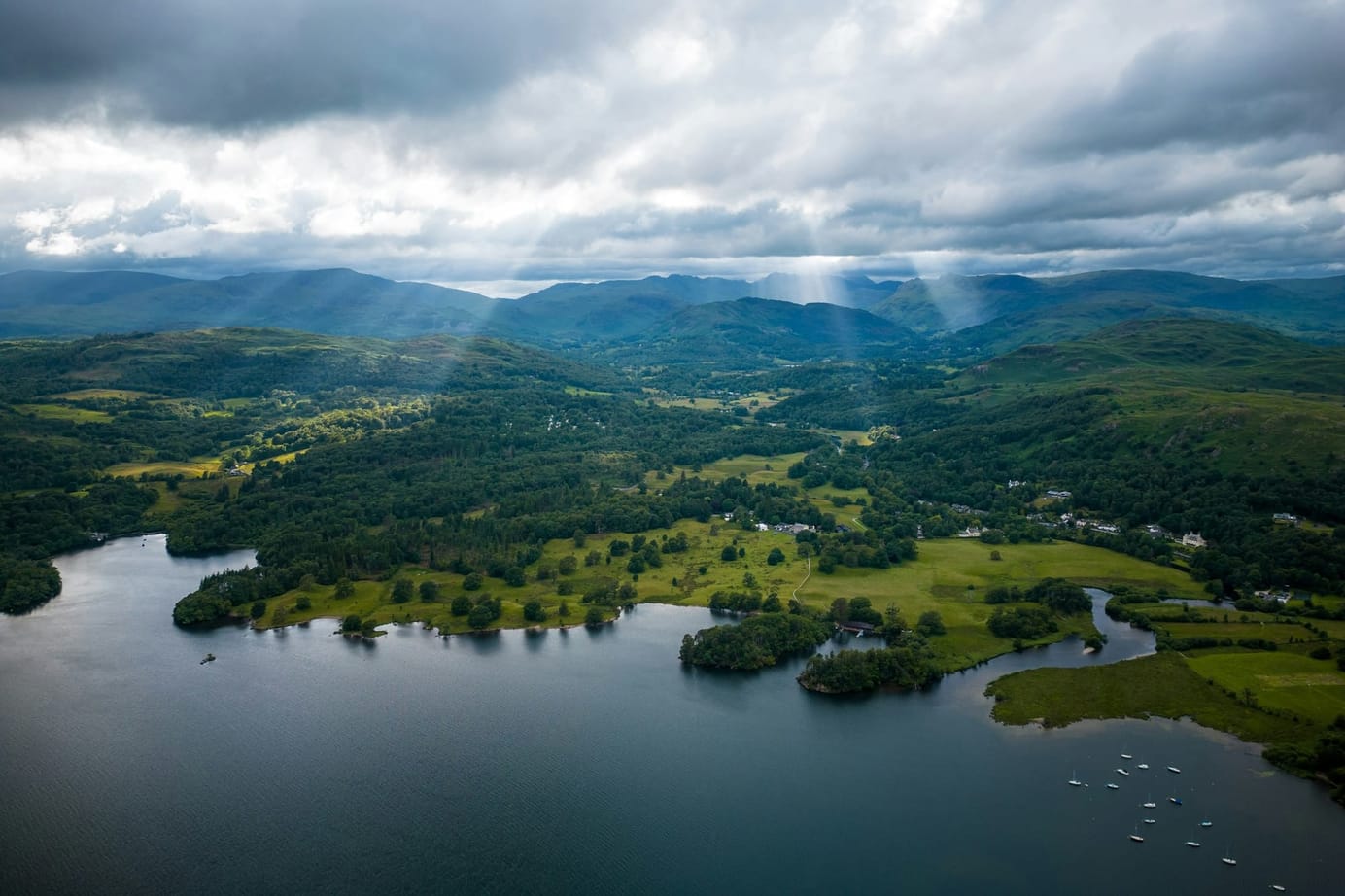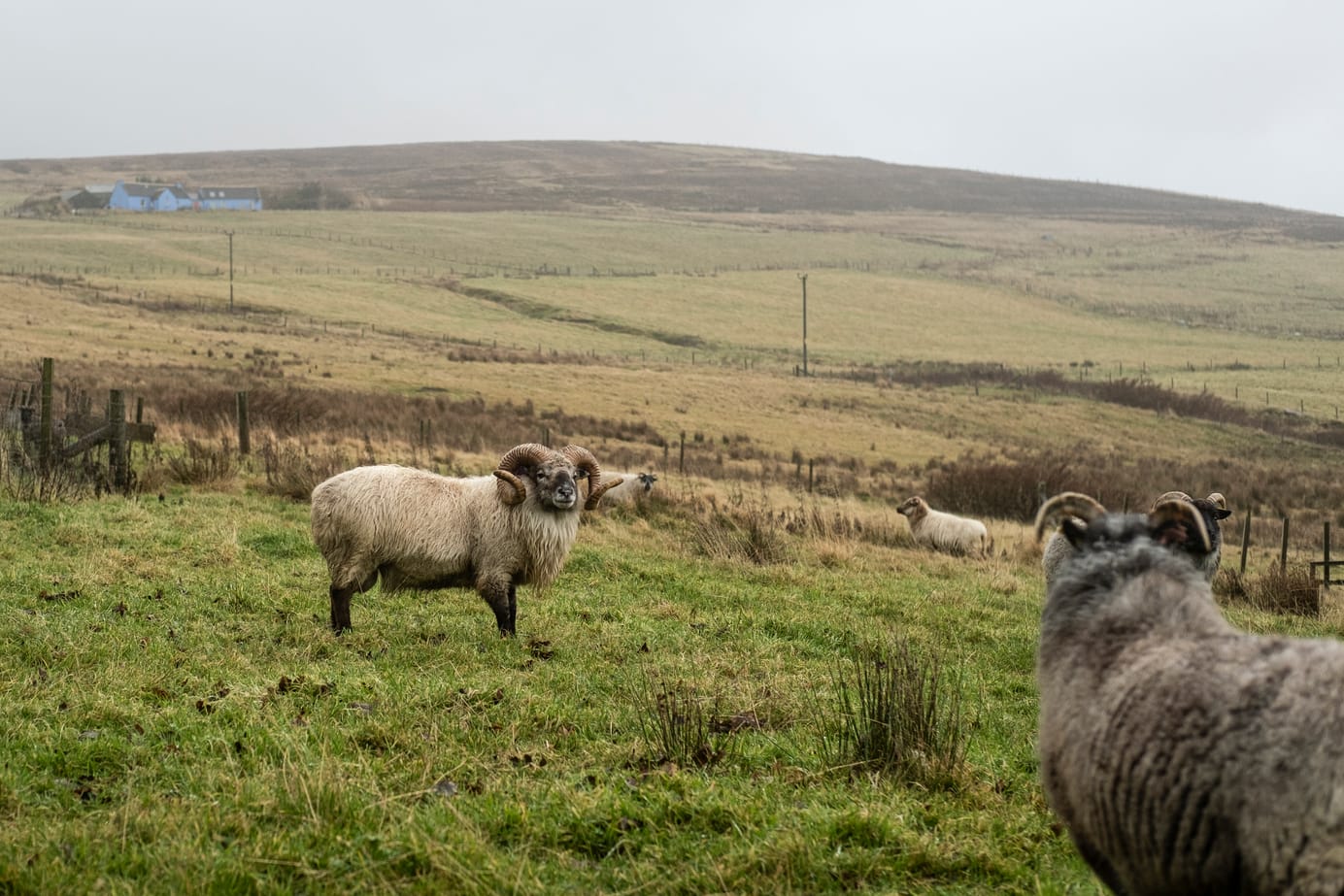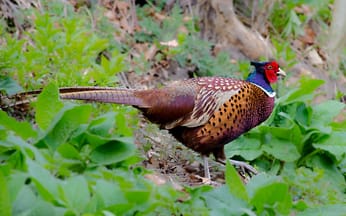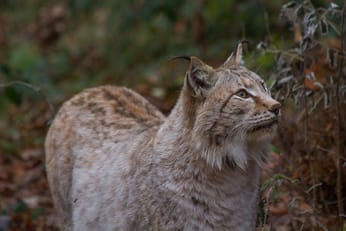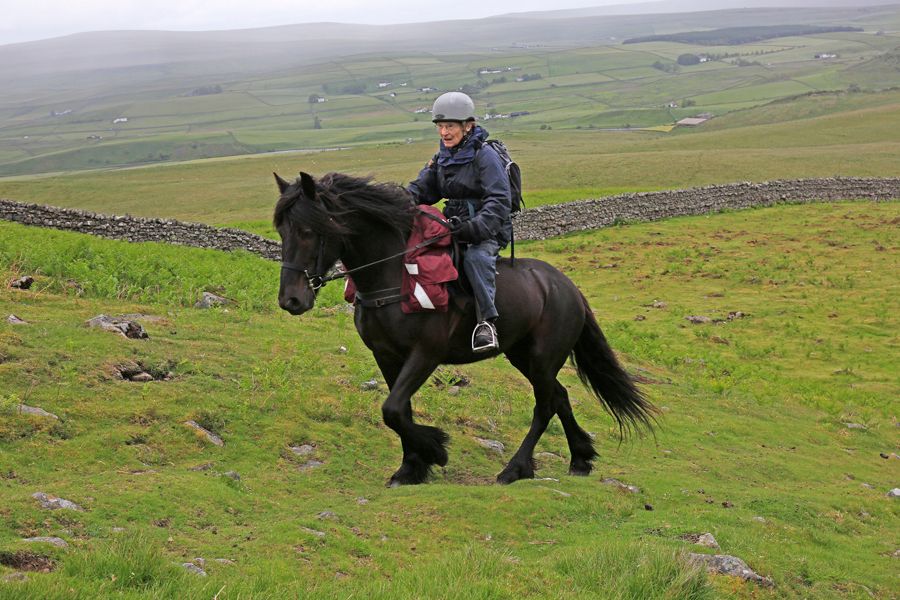
Meet Margaret Bradshaw, the 96-year-old hero of Teesdale's rare flora
The legendary botanist has spent 70 years studying Teesdale's special flowers. Now she's worried that undergrazing may wipe them out.
Margaret Bradshaw is 96 years old, and something of a legend among botanists.
For the last seven decades, she has made an obsessive study of the rare flowers of Teesdale. There is no one alive today who better understands the beautiful and unusual plants that have survived for so long in this remote corner of northeast England.
But it was her adventures on horseback that first alerted me to the presence of a botanical celebrity on my doorstep.
In September last year, Margaret undertook an 88-kilometre trek across Teesdale to raise funds for the preservation of the region’s special flora. Her story was covered by the local newspaper, accompanied by an eye-catching photo of the tiny nonagenarian upon the back of an enormous horse.
My curiosity piqued, I phoned her up, and we arranged to meet at her house on the edge of the North Pennines soon after fireworks night.
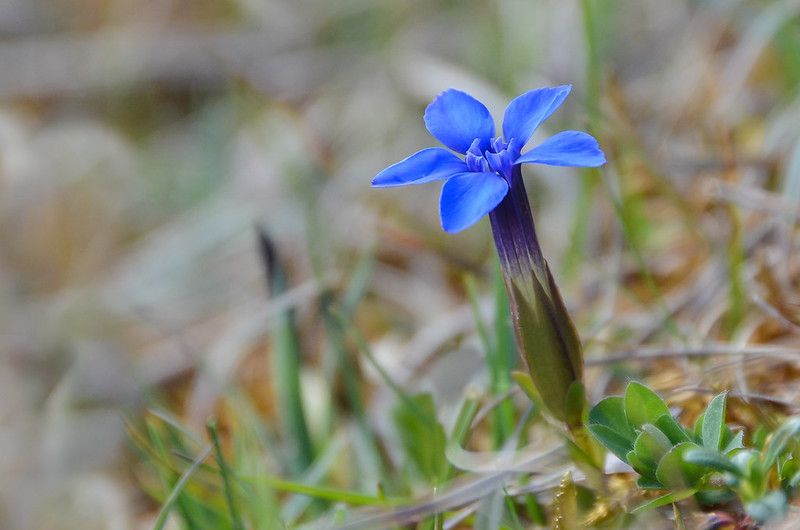
Teesdale is hallowed ground for botanists. November, however, is not the time to see it. My first visit to see Margaret was underwhelming from a floral perspective, the blooms having long vanished with the fading of summer.
My second meeting with Margaret, however, took place in the spring. This time I was determined to see the famous flora for myself, so the day before our interview I headed up Cronkley Fell, one of the best spots for botany in the country.
In particular, I wanted to see the spring gentian, a bloom of such uncompromising beauty that it elicits a strain of excitement usually reserved for rare orchids. Like most amateur botanists, I find rare plants hard to find and even harder to identify. Not this time: the ground was practically glowing with them, hard nuggets of bright blue scattered throughout the short grass.
But despite the allure of the spring gentians, it's not the individual flowers that make this landscape so precious, but rather the plants that grow here in combination: the so-called Teesdale Assemblage.
Some of these species naturally belong in the Arctic. Others are generally found in the mountains of central Europe. To find them growing alongside one another is unique in Britain – a relic habitat of the last ice age, when such spectacles would have been more widespread across the country.
Other species in the assemblage include yellow saxifrage, dwarf milkwort and the Teesdale violet. As I walked along the path, I snapped photographs on my phone, hoping that Margaret would help me to identify them when I saw her at her house the next day.
But after a while, I decided to turn back: it was still bitterly cold, with wind whipping off the reservoir and clouds threatening rain on the horizon.
As I adjusted course, I noticed a car approaching from the opposite direction. It stopped at the closed gate by the nature reserve, and out hopped Margaret from the passenger seat, dressed for the weather, returning from a day of monitoring the changes in the flora. It is a task she has carried out assiduously for the last five decades – and today, it seemed, was no exception.
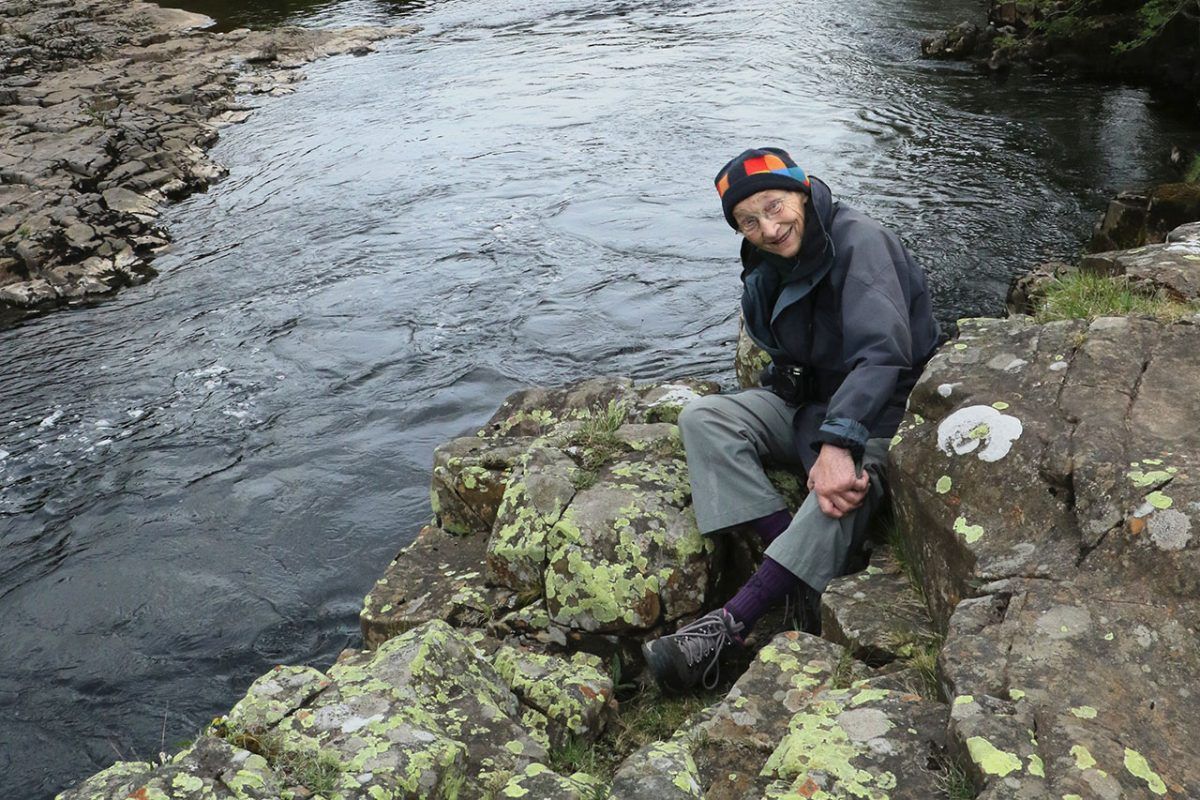
Margaret lives in the small village of Eggleston, her house sandwiched between a miniature meadow of her own creation and a field that she leases to a local sheep farmer. The setting is a microcosm of her life's interests. She was born into a farming family in the Yorkshire Wolds in 1926, and farming, she says, still runs in her blood.
“I suppose if I had been a boy, I would have gone into farming,” she says. Instead, she pursued a degree in botany and zoology at Leeds University, after which she moved to the edge of Teesdale, taking up a job as a teacher in a girls’ school in Bishop Auckland 1951.
The decision to uproot herself was based on little more than hearsay about the area's rare flowers. "I had in my mind there was this place called Teesdale that had something special about its flora," she says. "It was the plants that drew me."
Weekends and Friday evenings were spent walking the fells, sometimes covering tens of miles in a single day, trying to find rare plants and learning to identify them. Occasionally, she was joined by other teachers, but often these explorations were undertaken alone.
A chance meeting with the Cambridge botanist Max Walters led Margaret to develop a particular interest in a group of plants called Lady's Mantles – or Alchemilla in Latin. "In one of my early efforts, I collected some Alchemilla from a meadow in Teesdale. And I picked up one that turned out to be new to the country," she recalls.
Her amateur pursuit of Lady's Mantles ultimately led to a doctorate in botany at Durham University. Soon after finishing her studies, Margaret was thrown into the national spotlight when the government decided to build a new reservoir in one of the most botanically rich parts of the fells.
Suddenly, the Teesdale Assemblage – until then the niche interest of a few naturalists – became an important antagonist in the economics of the northeast.
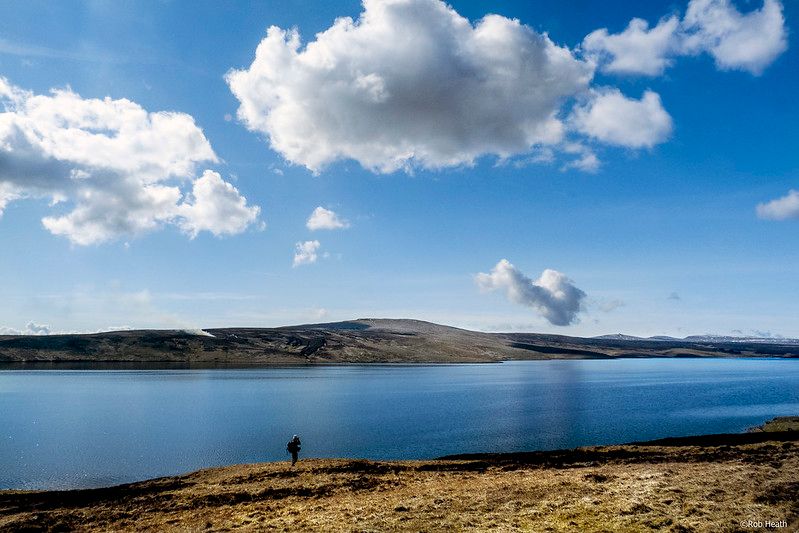
The Cow Green Reservoir was first proposed in 1964. Its purpose was to provide water to industrialists, and in particular to Imperial Chemical Industries, whose new ammonia production plants demanded a huge increase in supply.
The inundation of such a scientifically valuable area, however, raised the hackles of conservationists and botanists, both locally and further afield. Margaret was among those with a personal connection to the area and was brought to testify before parliament. But persuading politicians of the ecological value of some tiny flowers on a distant dale was always going to be a struggle.
"I wish some of your Lordships could see this area which we are discussing," opined one supporter of the scheme. "It is the most desolate place you ever saw."
It was a stressful time. Margaret knew the battle was lost when, during her cross-examination, the chairman of the committee asked her whether the flowers would grow back should the reservoir ever be drained.
"I wish I’d had the courage to say: 'Well, my Lord, if you’d been in a bath and covered with water for three years, would you still be alive?' Maybe I should have! But I couldn’t really put the Lord down like that,” she remembers.
In 1967, the chairman of the local water board detonated an explosion that signalled the beginning of the work at the site – and perhaps also his frustration at the long delays caused by the unexpected determination of the country's botanists. Four years later, the Cow Green Reservoir was complete. More than twenty acres of the Teesdale Assemblage was lost forever.
If any good came of this act of destruction, it was the funding – "conscience money", as Margaret calls it – provided by the chemical company for scientific research.
For the first time, this enabled her research assistants to study the population dynamics of several rare species by setting up a series of plots, marked out with pieces of metal, near the new reservoir. Each July, for the next five years, her volunteers recorded the locations of 24 rare plants across the limestone grassland of Widdybank Fell.
These efforts, she hoped, would eventually show the impact of damming the river. The body of water was so large that it altered the surrounding microclimate, with potential repercussions for the fragile plants.
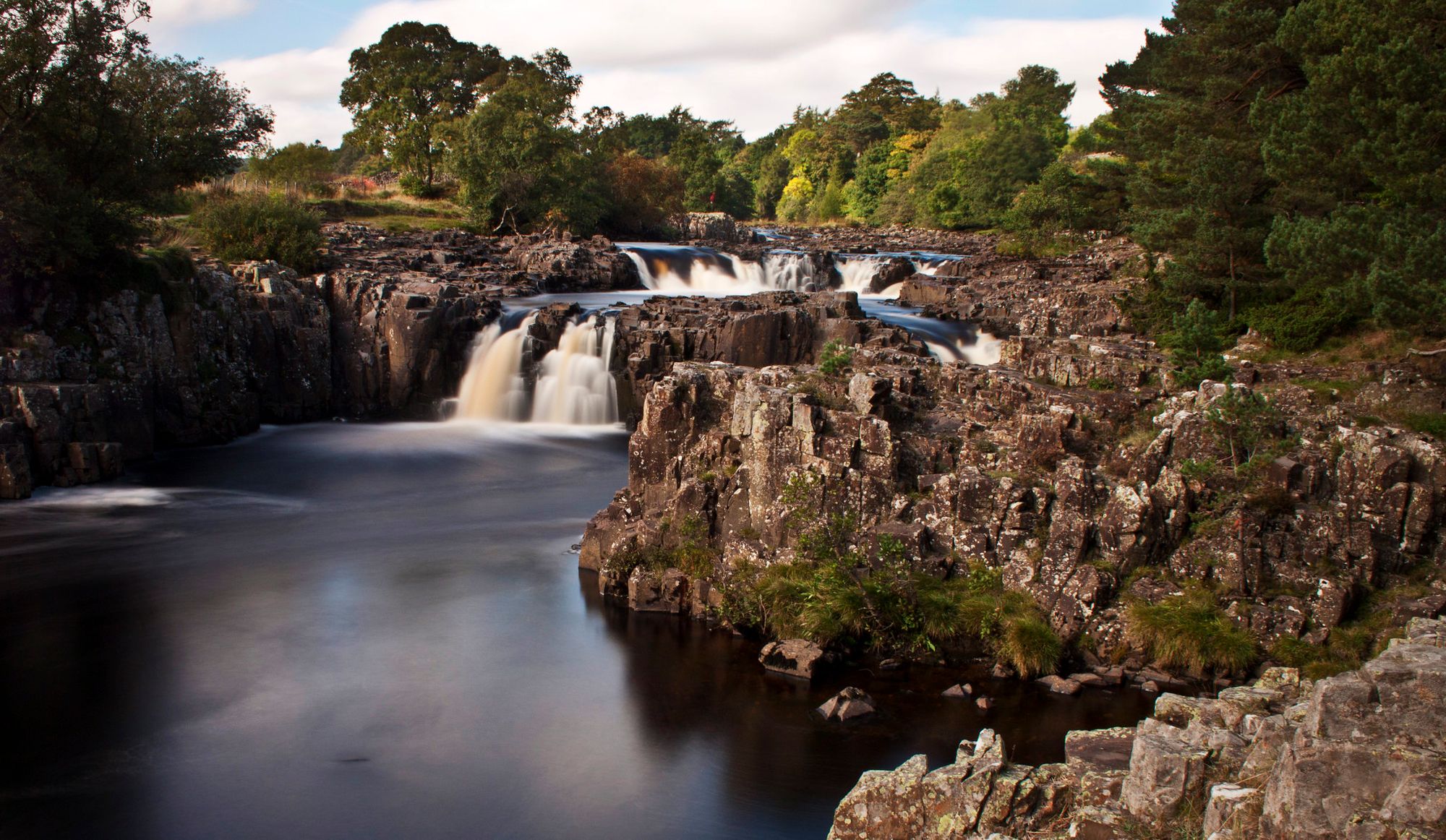
The project was interrupted, however, by Margaret's marriage. In the 1980s, she moved to Devon with her new husband, where she switched her attention from flowers to sheep, amassing a flock of twenty Swedish Gotland ewes. She keeps one of the fleeces in her living room to this day.
During her absence, the landscape of Teesdale changed. The number of sheep grazing the fells was reduced drastically at the behest of Natural England. The organisation deemed the uplands overgrazed and decided this was the best way to fix the problem. “One size fits all, from Devon to the Scottish Borders,” says Margaret.
She concedes that parts of Wales and the Lake District are “sheepwrecked”, to use the words of George Monbiot, whose book Feral sits beside her on the couch.
But in Teesdale, the story is as complex as the landscape itself, which comprises many habitats, from juniper forests to hay meadows to blanket bog. In some areas, the diagnosis of overgrazing was true, the prescription correct. But on the unique sugar limestone soils, where the rarest plants flourished, the removal of livestock was a disaster.
The species that comprise the Teesdale Assemblage need sunlit conditions for their survival. Without the nibbling mouths of the grazers (and it doesn’t have to be sheep; cattle or ponies would be just as effective) the grass grows too long and overshadows the delicate plants.
Some two decades after she moved to Devon, Margaret’s marriage came to an end, and she returned to Teesdale. Using a metal detector, she was able to re-discover her old pegs hammered into Widdybank Fell. The resumption of her project provided the data she needed to prove there was a problem.
For within these marked plots was a story of decline. Occurrences of the Teesdale violet had fallen by 58 per cent; dwarf milkwort by 98 per cent. Where botanists had counted 451 instances of hoary whitlowgrass in the original surveys, they now found just one solitary flower.
Sheep are not a native species in the UK, so why had these ice age flowers become so utterly dependent on their presence?
Margaret believes that livestock had become a proxy for the larger animals, like the aurochs, that would have roamed the post-glacial landscape thousands of years ago. These mammals, many now extinct, created open glades in the forest where the light-demanding flora could thrive. Sheep provided a similar service, keeping the vegetation low and the limestone soils well-lit.
“You’ve got to understand the broad picture, the history of the area,” says Margaret. “In some places you need grazing.”
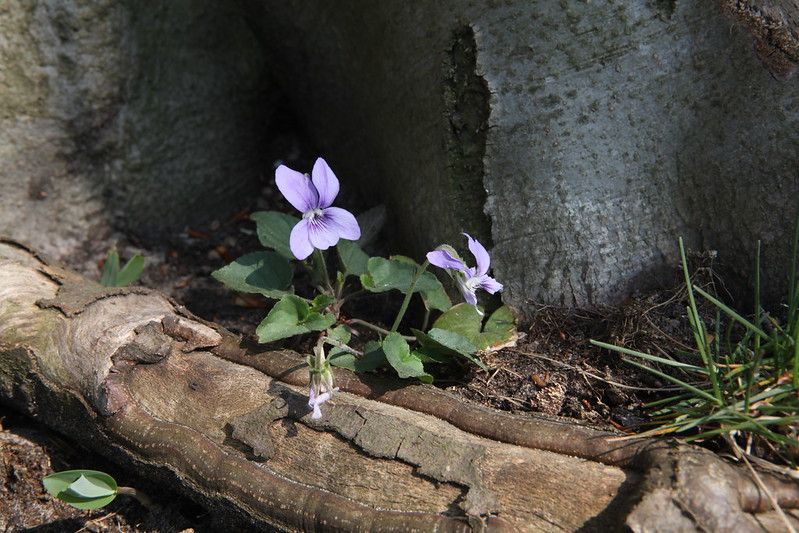
Faced with such startling statistics about her precious flowers, Margaret decided to act.
“When I came back to live up here, I found all I ever heard about was birds. Now, I like birds – well, I have something against some birds – and I like to know what’s what when I’m out and about. But there was the rare flora up here, and I was worried about it, and I thought: something’s got to be done.”
She started by arranging a series of talks for locals, and, in 2017 – at 91-years-old – she set up her own charity, the Teesdale Special Flora Research and Conservation Trust, to help preserve the flowers into the future.
Through grants and fundraising, the organisation has continued to fund surveys of rare flowers and raise awareness among the general public of this often underappreciated landscape. Margaret’s horseback trek alone raised almost ten thousand pounds.
In other words, she’s a busy woman. Even now, pushing a hundred-years-old, Margaret remains as devoted to the Teesdale flora as she ever was.
As well as running regular public talks, she has also been putting the finishing touches to her new book, Teesdale's Special Flora: Places, Plants and People, to be published next February by Princeton University Press. And she continues to ride up Cronkley Fell on an Arab horse called Sigma to continue her personal survey of the vegetation.
I ask about her hopes for the future of the landscape: how would she like Teesdale to look in another century’s time?
“I would like it to have more trees,” she says. “But I just can’t imagine it not having farmers and settlements. I can’t imagine that. I would also like people to have more understanding of the special flora of the area and to feel that it is special. They need to be proud of it, and to take care of it.”
Our conversation over, I walk slowly back to the village, taking in the crystal views of the hills. Suddenly, I hear a loud honking behind me. I turn to see Margaret speeding past me in her car, waving gayly, on to her next appointment.
Subscribe to our newsletter
Members receive our premium weekly digest of nature news from across Britain.
Comments
Sign in or become a Inkcap Journal member to join the conversation.
Just enter your email below to get a log in link.

